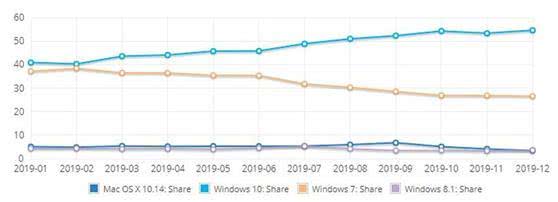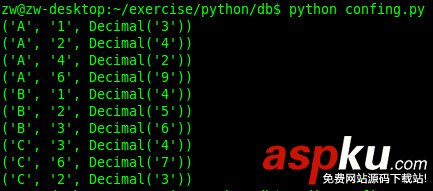本文实例讲述了python UNIX_TIMESTAMP时间处理方法。分享给大家供大家参考,具体如下:
from datetime import datetimeimport timeint(time.mktime(rm.start_time.timetuple())) datetime.fromtimestamp(time.time())rf.start_time + timedelta(0, math.ceil(diff.total_seconds()/(3600*rf.period))*3600*rf.period)
获取按月或者小时偏移时间
def getlastday(datetimeobj): year= datetimeobj.year month = datetimeobj.month + 1 if month>12: year = year + 1 month=1 return datetime(year, month, 1) - timedelta(1)def getSendTime(period, start_time): datenow = datetime.now() nextTime = preTime = start_time if period > 0 and period < 1000: diff = datetime.now() - start_time nextTime = start_time + timedelta(0, math.ceil(diff.total_seconds()/(3600*period))*3600*period) preTime = start_time + timedelta(0, math.floor(diff.total_seconds()/(3600*period))*3600*period) if period == 1001: if datenow.day>start_time.day: preTime = datetime(datenow.year, datenow.month, start_time.day) nextTime = getlastday(getlastday(datenow)+timedelta(1)) if nextTime.day > start_time.day: nextTime = datetime(nextTime.year, nextTime.month, start_time.day) else: preTime = getlastday(datetime(datenow.year, datenow.month, 1) - timedelta(1)) if preTime.day > start_time.day: preTime = datetime(preTime.year, preTime.month, start_time.day) nextTime = getlastday(datenow) if nextTime.day > start_time.day: nextTime = datetime(nextTime.year, nextTime.month, start_time.day) return preTime, nextTime
排序
reportMetaPeriodInfo.sort(lambda p1, p2:cmp(p1['k'], p2['k']))
获取ip
import sockets = socket.socket(socket.AF_INET, socket.SOCK_DGRAM) s.connect(('8.8.8.8', 0)) localIP=s.getsockname()[0] 


















